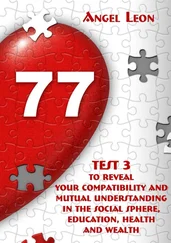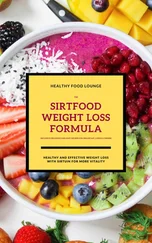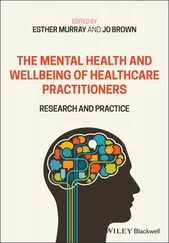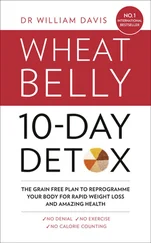While obesity and the diseases associated with it are virtually absent from hunter-gatherer cultures, neither are they entirely new. Diseases of affluence developed even before geneticists introduced changes into grains. Hippocrates, a Greek doctor in the 3rd century BC, and Galen, a Roman doctor of the 2nd century AD, both made detailed studies of obese people. William Wadd, an early-19th-century London doctor and a lifelong observer of the ‘corpulent’, made this observation after the autopsy of an obese man:
The heart itself was a mass of fat. The omentum [a component of the intestines] was a thick fat apron. The whole of the intestinal canal was imbedded in fat, as if melted tallow had been poured into the cavity of the abdomen; and the diaphragm and the parietes [walls of organs] of the abdomen must have been strained to their very utmost extent, to have sustained the extreme and constant pressure of such a weighty mass. So great was the mechanical obstruction to the functions of an organ essential to life, that the wonder is, not that he should die, but that he should live. 38
What is new is that overweight and obesity have been transformed from that of curiosity to that of epidemic . The situation we confront in the 21st century is all the more astounding because modern epidemiologists and health officials declare that the causes of the epidemic of overweight, obesity and their accompanying diseases are either unclear or that the burden of blame should be placed on the gluttonous and sedentary shoulders of the public. But the answers can be discerned through observations of primitive societies plagued by none of the issues plaguing us.
More than the presence of grains distinguishes primitive from modern life, of course. Hunter-gatherers also drank no soft drinks; consumed no processed foods laced with hydrogenated fats, food preservatives or food colourings; and consumed no high-fructose corn syrup or sucrose. They were not exposed to endocrine-disruptive chemicals released by industry into our groundwater and soil, and which taint our food. The civilizations of ancient Greece and Rome and of 19th-century Europe also did not consume these components of the modern diet (except for increasing consumption of sucrose beginning in the 19th century). No Coca-Cola, hydrogenated fats, brightly coloured sweets lit up by FD&C Red No. 3 (E127) or polychlorinated biphenyl (PCB)-laced water graced their tables. But they did consume the seeds of grasses.
So just how much can we blame on the adoption of the seeds of grasses into the human diet? Let’s consider that question next. Each variety of seeds of grasses poses its own unique set of challenges to nonruminants who consume them. Before we get under way in our discussion of regaining health in the absence of grains, let’s talk about just how they ruin the health of every human who allows them to adorn his or her plate.
Конец ознакомительного фрагмента.
Текст предоставлен ООО «ЛитРес».
Прочитайте эту книгу целиком, купив полную легальную версию на ЛитРес.
Безопасно оплатить книгу можно банковской картой Visa, MasterCard, Maestro, со счета мобильного телефона, с платежного терминала, в салоне МТС или Связной, через PayPal, WebMoney, Яндекс.Деньги, QIWI Кошелек, бонусными картами или другим удобным Вам способом.












